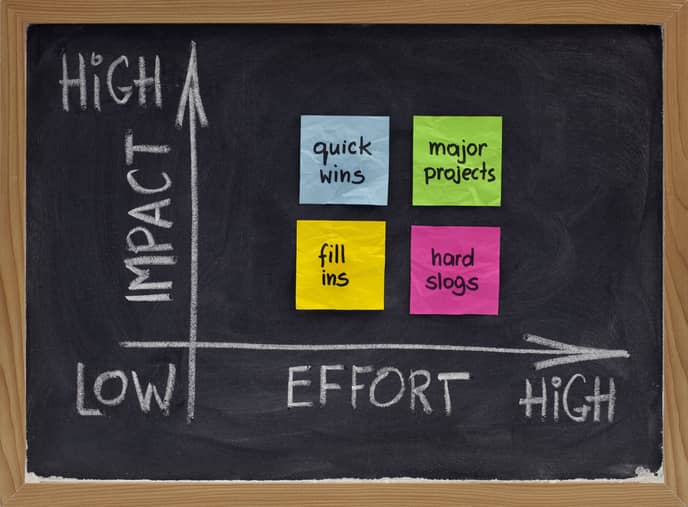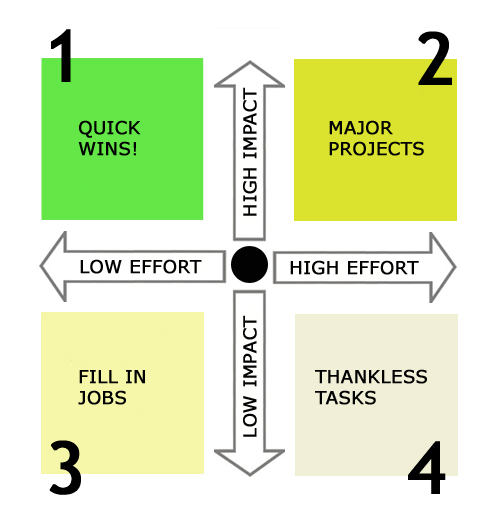Process improvement is not a one-size-fits-all idea.
Every business is unique, with unique needs and systems and processes. A manufacturer with 30 warehouses spread across three continents has very specific expectations and KPIs – and they’re going to be very different than the KPIs of your favorite local restaurant, or the tech startup downtown.
DMAIC is Six Sigma’s catch-all blueprint for process improvement, sure, but again – one organization’s execution of DMAIC may look totally different than an organization in another industry.
That’s why some businesses have taken an a la carte approach to process improvement. It’s not just Lean, Six Sigma, or Total Quality Management anymore. They’re starting to include concepts like Agile – which has been used in software development circles for a long time but has only recently found its way into the process improvement discussion.
Companies who’ve made Agile a key part of their process improvement strategies have given their initiatives names like Next Generation Agile, Agile Sigma and more. But this hybrid approach to process improvement didn’t begin with Agile (and it certainly doesn’t end with Agile).
As a supplement to their process improvement strategies, organizations are adopting a concept known as Continuous Development.
The Continuous Development Methodology
Continuous Development, like Agile, was born from the behavior of innovative technology companies and savvy startups – specifically, as an improvement to the software development process.
And like software development, the ins-and-outs of the Continuous Development methodology can be very complex and difficult to navigate. But it comes down to one key principle.
When people want to create change, it’s more effective (and, arguably, it’s easier) to make that change in small, controlled batches. According to a write-up by Harvard Business Review, software development firms experience four key benefits when they implement a Continuous Development approach.
- Faster time-to-market – “To market” is, obviously, product development parlance. But depending on the organization (and the type of change they’re endeavoring to create), the “market” is anyone affected by the change initiative. Continuous Development creates change faster than other methodologies.
- Run more experiments – By creating small pockets of change, organizations can take a step back and see how the change is received. Is it creating the intended outcomes? Is it embraced by the intended audience? Does it work in its intended environment? If the answer is no, then the change can be easily iterated on and replaced.
- Fix errors faster – When an organization executes on any type of change, there’s bound to be errors. People make mistakes. It happens, and while it’s minimizable, it’s not unavoidable. With Continuous Development, organizations roll out change in small increments, and errors can be addressed directly and efficiently.
- Maximize engineering productivity – Replace the word “engineer” with “employee” or “project team” or whatever else. The people working to create the change are able to see a direct link between their effort and the wellbeing of the organization, and that can be an exceptionally motivating revelation.
If you’re familiar with Agile or Scrum, you might be wondering how this methodology differs from Agile. There’s one critical distinction. Agile is about creating small portions of a larger project in controlled batches. Continuous Development, meanwhile, is about creating, releasing and testing small portions of a larger project in controlled batches.
The difference is subtle, and overall, Continuous Development is very similar to Agile. And like Agile, it has the potential to completely revolutionize the way organizations – across all industries – conduct their business.



